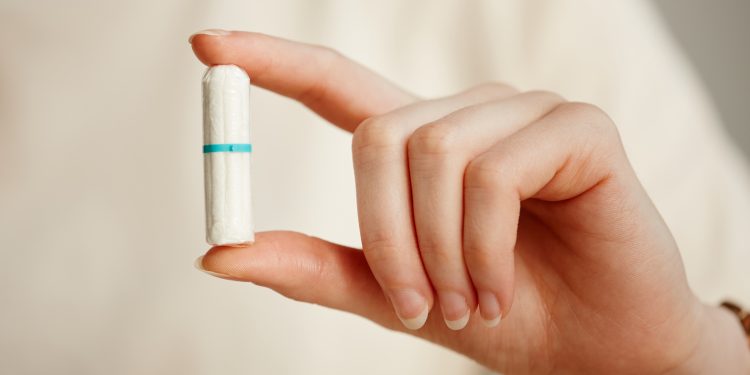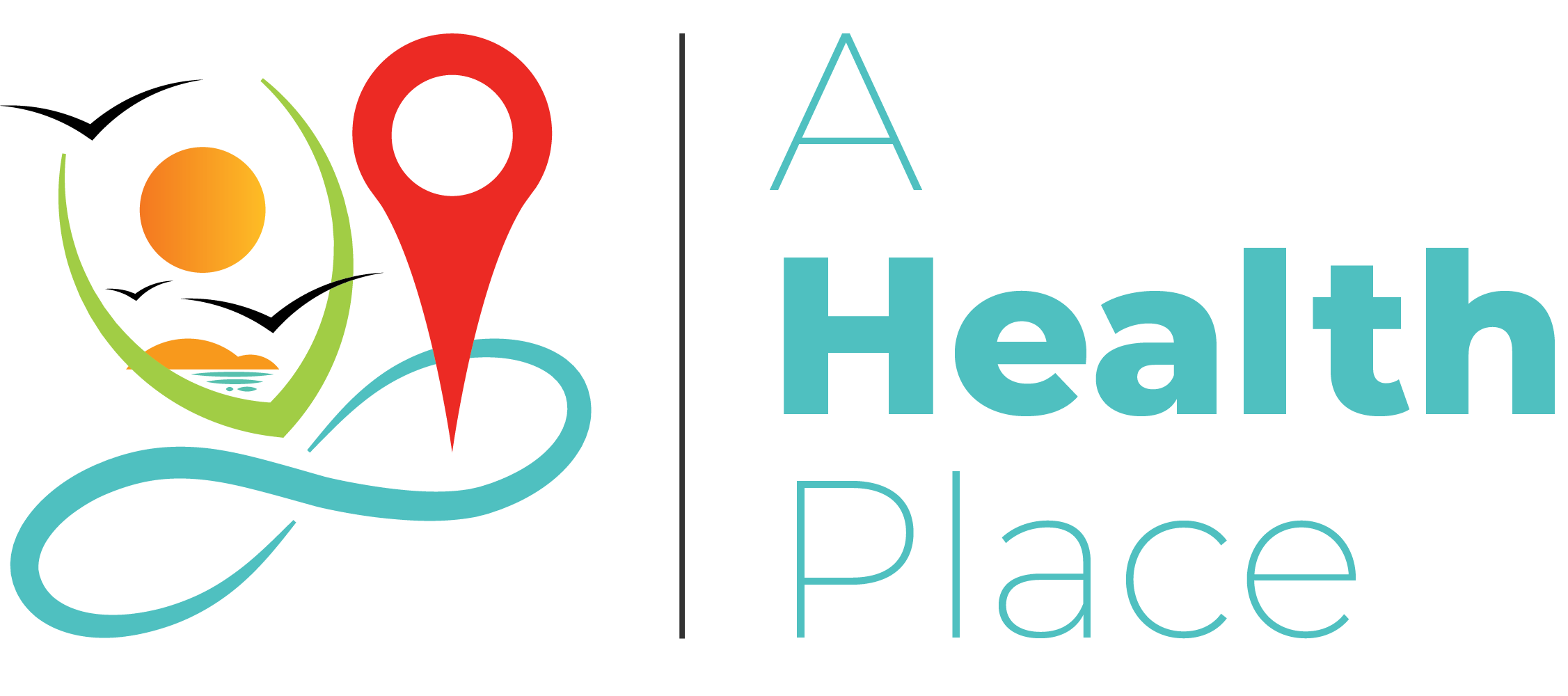This is a toxin-mediated disease process. It is a multi-system illness. It occurs in primarily healthy people of any age group. It was first described in 1978. It had its peak incidents in 1980 and it was described in association with a series of menstrually associated causes, specifically tampon use. It’s due to a staph aureus exotoxin toxic shock syndrome toxin or Toxin-1 or TSST-1. Sometimes you might see this disease can also be caused due to various enterotoxins.
The pathogenesis is due to a superantigen mediated syndrome caused by the staph aureus exotoxin. A superantigen is a molecule that activates up to 20% of T-cells at one time. This results in a massive cytokinin production (necessary for the immune production of the body) which as a result leads to capillary leak and hypotension (sudden drop in blood pressure). Down the line, this may result in a potential death from hypotension.
Research has shown that the host antibody response to staph aureus exotoxins plays a significant role in the pathogenesis of toxic shock syndrome. Patients with clinical toxic shock syndrome often lack an antibody to TSST-1. It’s been shown that by the fourth decade of life, roughly 90% to 95% of individuals have an antibody to TSST-1. So, it’s those patients that don’t have the antibodies that are still at risk or in fact at an increased risk of developing this syndrome.
There’s about 50% of the cases are menstrual associated and about 50% are not menstrual associated. Of those that are menstrual associated, most of them are due to TSST-1, the exotoxin produced due to the staph aureus virus. Of the non-menstrual cases, only 40%-60% are found to have TSST-1. The other issues have other kinds of enterotoxins by staph aureus. The non-medical are generally due to surgical wound infections, mastitis, nose jobs, sinusitis, arthritis, septic arthritis, burns, or lesions on the skin.
Symptoms
The symptoms of toxic shock syndrome are remarkably diverse. It varies. You will see shock, and by shock, we mean hypotension, evidence of end-organ failure. You will have rashes on your skin. You will see a multi-system organ involvement. The major feature is an erythroderma or the rash that we talked about earlier, resembling a sunburn. It involves the palms and soles and progresses to peel off in the next 7-14 days (about 2 weeks). Both the menstrual and non-menstrual cases have similar presentations and surprised if it is due to a surgical wound, or a skin infection, those sites are often benign appearing and without any obvious pus.
The CDC has a definition to clinically define toxic shock syndrome. The patient must have a fever greater than 39 degrees Celsius. They must have hypotension as part of the syndrome, and which is defined as a systolic blood pressure of less than 90 or dizziness. They must have a sandpaper-like rash including the palms and soles and they must have peeling of the skin unless death occurs before the progress of the symptoms. Usually, this will occur one to two weeks after the onset of the illness. Lastly, you must have a multi-system organ involvement of at least three organs.
Initial management
The first management for these patients is because it is a superantigen mediated disease and because it causes capillary leak and hypotension, the first management is just IV fluid replacement. You might need a large volume of 10 to 20 liters per day just because a capillary leak can be so severe. Some patients might require vasopressors to help their blood pressure if the hypotension is refractory. Next, you want to make sure that you’ve controlled the source. If this is menstrually associated, remove the tampon. If this is related to recent rhinoplasty, remove the nasal pack. If this is due to another procedure, make sure you look at the recent procedure, or you take a look at the site and you drain any infected focus that might be there whether it is an abscess or anything of that sort.
Prevention
It is extremely easy to avoid and prevent with just a few simple tips. Always wash your hands before inserting any menstrual device. Change tampons every 4-8 hours and menstrual cups every 8-12 hours. Use low absorbency tampons to avoid a large amount of blood collecting. Thoroughly wash menstrual cups and sanitize them before use. Keep the area around your wounds clean and sanitized. Also, ensure overall cleanliness in case of surgeries.
It is necessary to eradicate the organism, which is staph aureus, and it might prevent a recurrence. So, you should use anti-staphylococcal antibiotics. The reason you’d need to use these antibiotics is that it suppresses exotoxin synthesis. The toxic shock syndrome that occurs in menstrual-caused cases hasn’t changed since it was first described as the non-menstrual-associated cause. Death usually occurs in the first few days after hospitalization but may also occur up to 15 days (about 2 weeks) later.










Discussion about this post